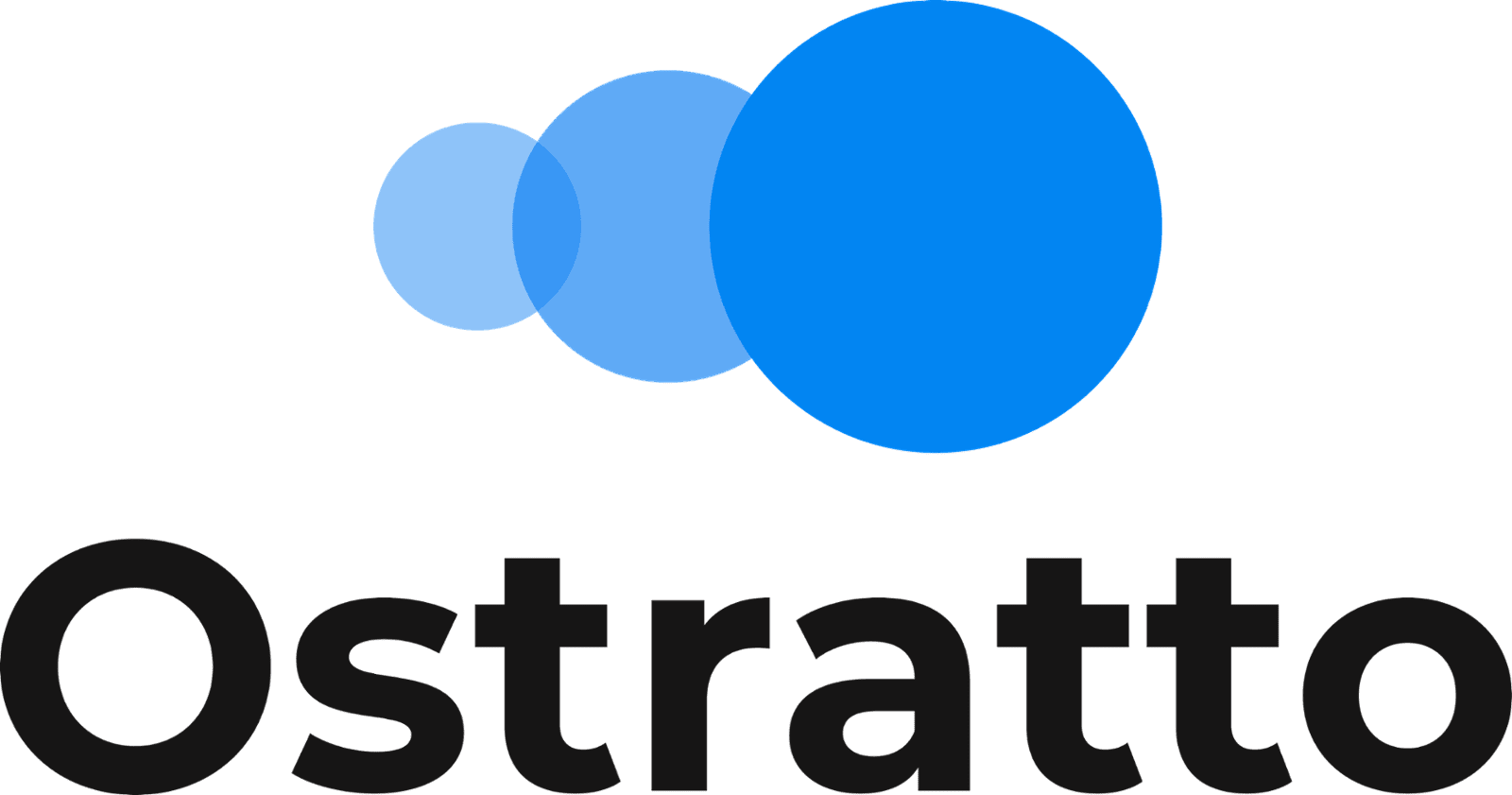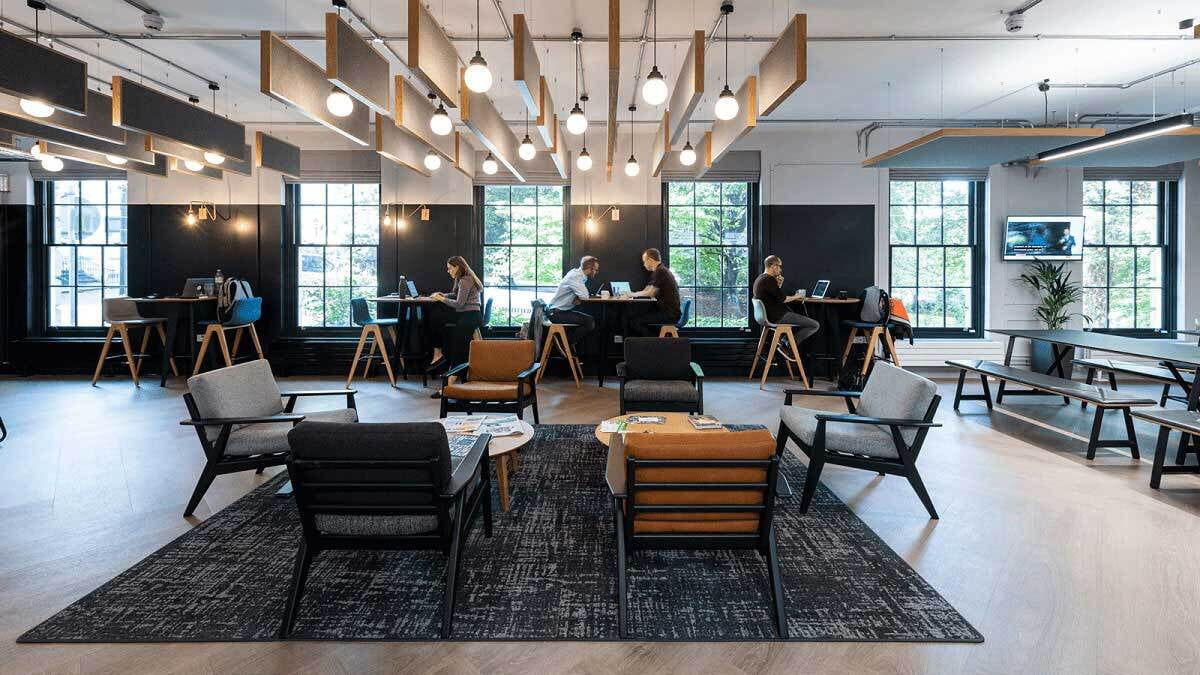The workplace used to be a rigid place where employees conformed to cultural norms such as wearing a shirt and tie and working 9-5. Being in the office every day was an expectation.
- The flexibility to choose whom they work for and at what pay rates
- The ability to set their own schedule
- The freedom to work remotely
We help businesses work smarter
Just like the television in your lounge - the new becomes old quickly in business technology. It's why businesses trust us to keep them up-to-date and relevant with the best technology in business. We enable growth through scalability and adaptability whist generally minimising operating costs.
Ensure your business is operating efficiently by keeping up with modern ways of working or your business will end up being the 20" Plasma whilst your competitors become the 50" OLED. See what I did there?


